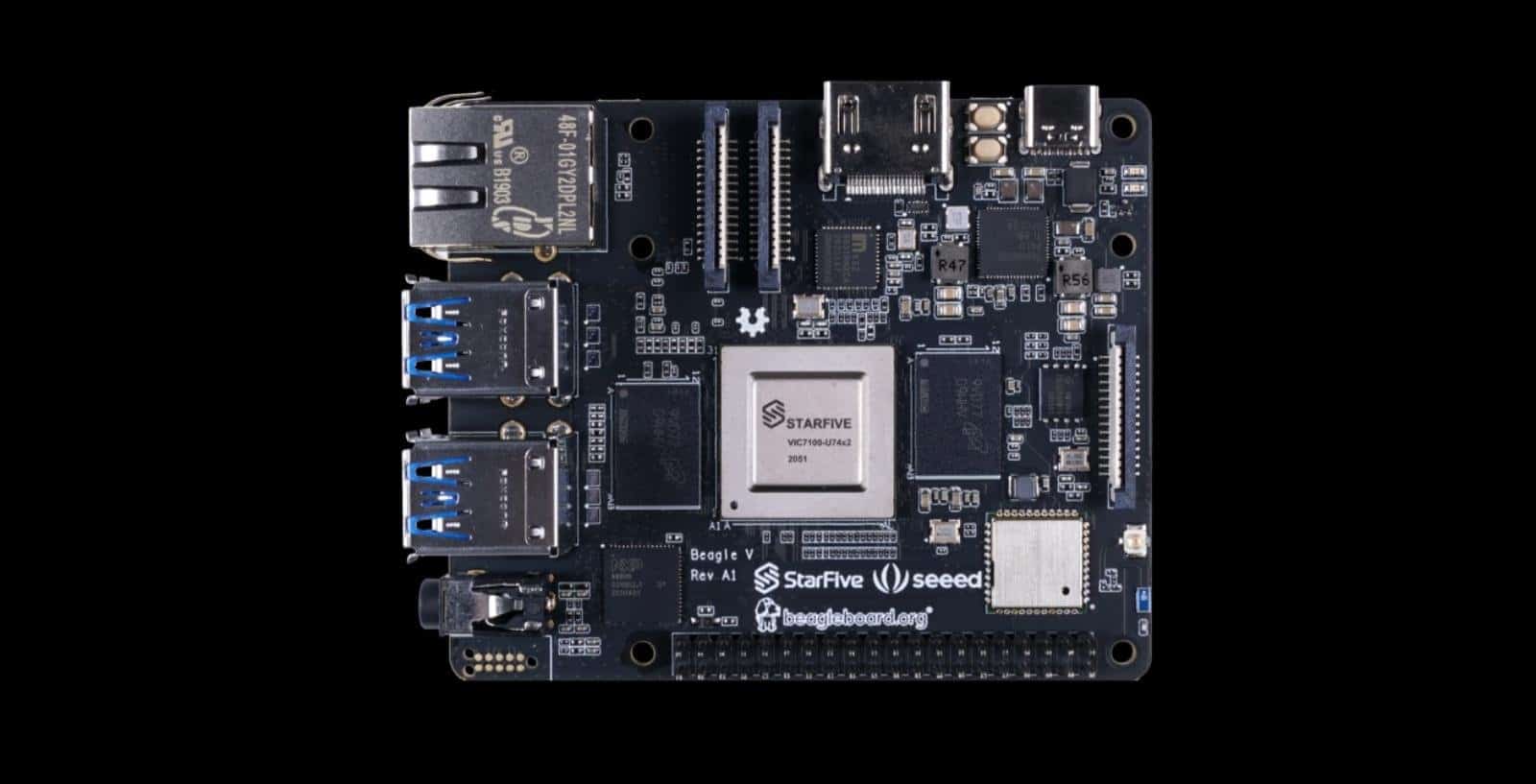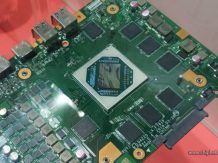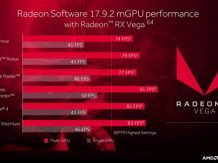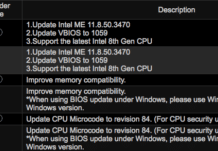Version 5.17 of the Linux kernel has just debuted and it introduced support for two chipset based on architectures constantly evolving in the shadow of x86. We are talking about ARM and RISC-V, which gave life to SoC StarFive JH7100 and Snapdragon 8 Gen 1, respectively.
Linux introduced support to the SoC StarFive JH7100
Of course, the most important news is the support for RISC-V, the Open-Source architecture that gave life to, among others, StarFive JH710. This work from China is already in mass production and only requires the costs of paying engineers and factories. All thanks to the fact that with the use of RISC-V, anyone can actually design new central processors (CPUs) without any license fees.
StarFive JH710 works with up to 8GB of LPDDR4 memory and is manufactured using TSMC’s 28nm process. It includes two SiFive U74 cores clocked at 1.5 GHz, which reportedly correspond to the ARM Cortex-A55 cores with their performance.
Also read: Ryzen 5000 processors on the X370. ASRock is blazing the trail in the marketplace
The processor will also include the NVDLA neural network accelerator from Nvidia and the Vision DSP Tensilica-VP6. Although the chip does not have a built-in 3D GPU, it still supports 4K output via the HDMI port, which is why many consider the StarFive JH710 SoC as the basis for the “first useful and low-cost RISC-V platform”.















